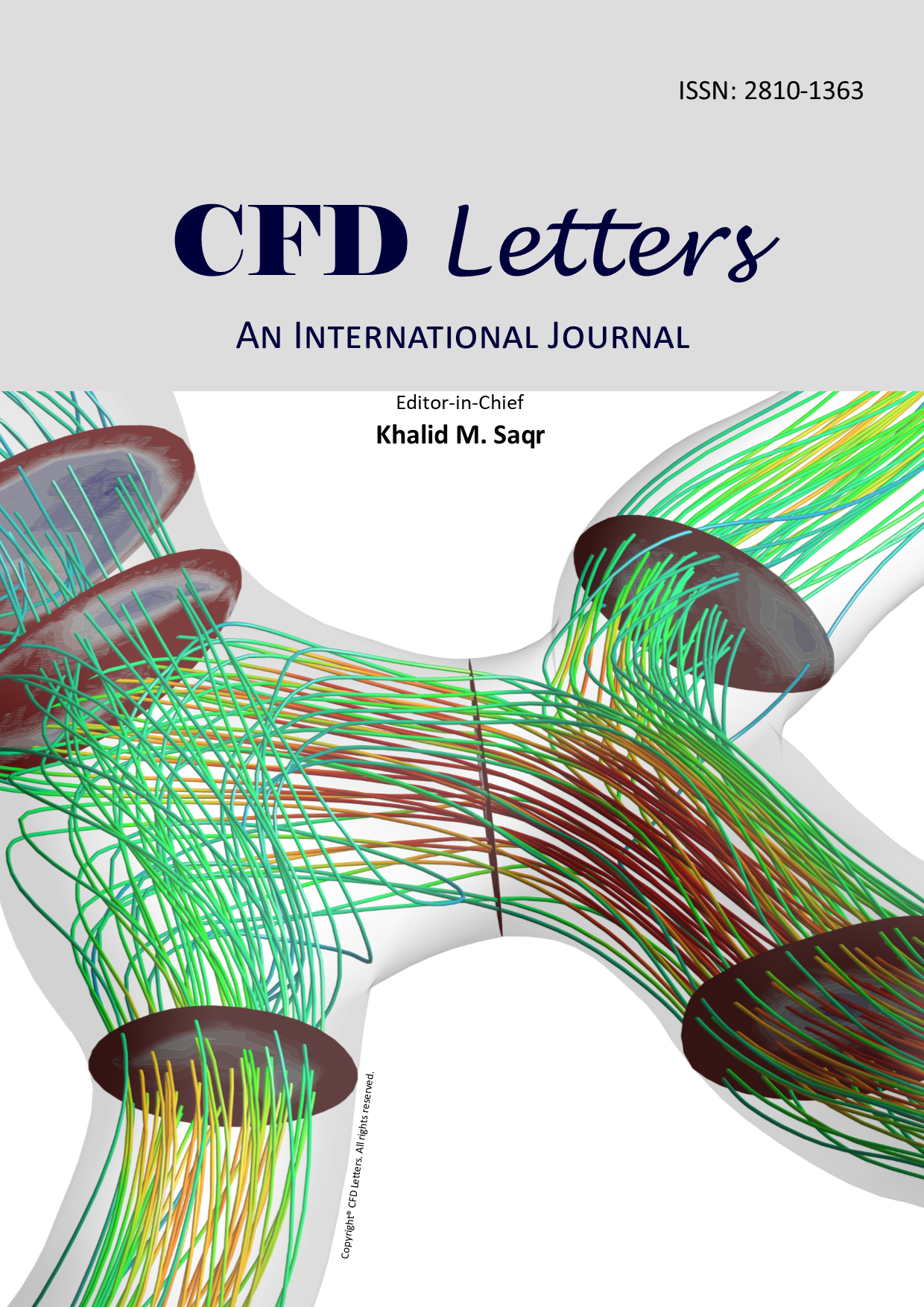Simulation of Aqueous Humour Flow Driven by Buoyancy Effects and Flow Through Pupil Aperture During Descemet Membrane Detachment
Keywords:
aqueous humour, descemet membrane detachment, buoyancy effectAbstract
Descemet membrane detachment (DMD) is a tear or break on the Descement membrane (DM) which is a part of the cornea membrane. DMD is occurred when DM separate from stroma. The separation is due to the aqueous humour (AH) flows into the subspaces between the stroma and DM. A mathematical model of buoyancy driven AH flow is developed to analyse the behaviour of the fluid flows through the pupil aperture in anterior chamber (AC) during DMD. Finite element method using COMSOL Multiphysics 5.2 is implemented to simulate the buoyancy driven flow of AH enters the AC across pupil aperture and leaves through Trabecular meshwork (TM) during DMD. Results are obtained for the eye in standing and supine position. The effects considered is the temperature differences between the cornea and iris that act as the driver of AH flow, variation of pupil size indicate the different level of ambient light and the influence of gravity on the deformation of DMD. Buoyancy effect is observed to be the dominant driven mechanism of AH flow in AC. Variation of pupil size has no effect on the pattern of the fluid flow in AC. The standing and supine position of human are able to change the recirculation pattern of AH in the AC. Therefore, the reattachment of DMD is significantly affected by the body position of the patient.













